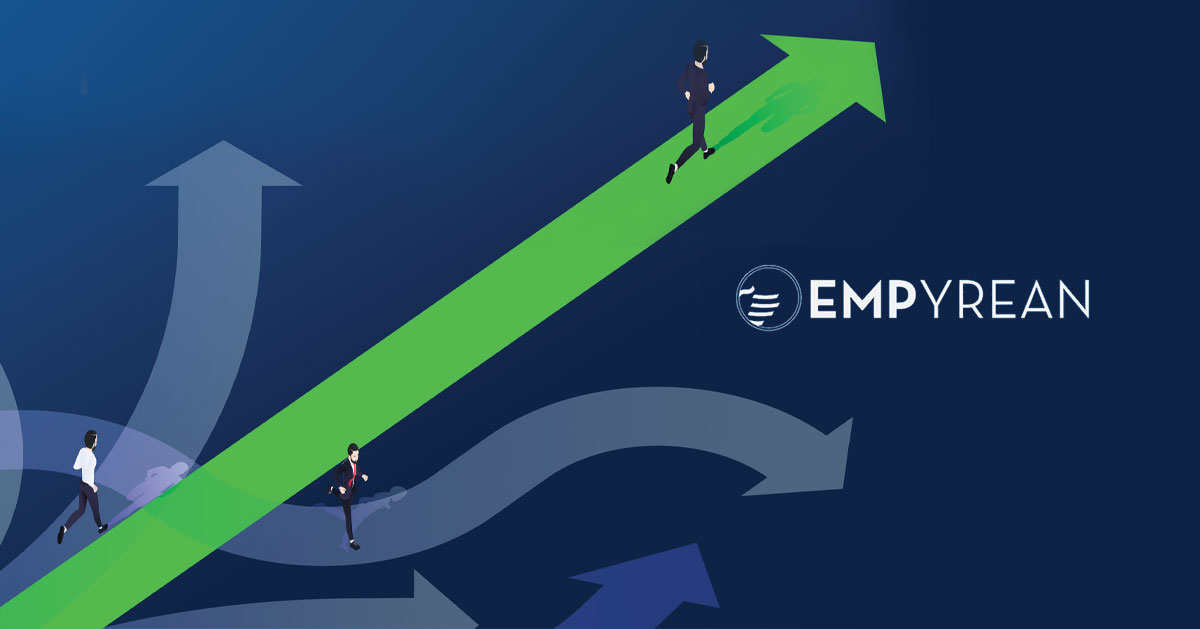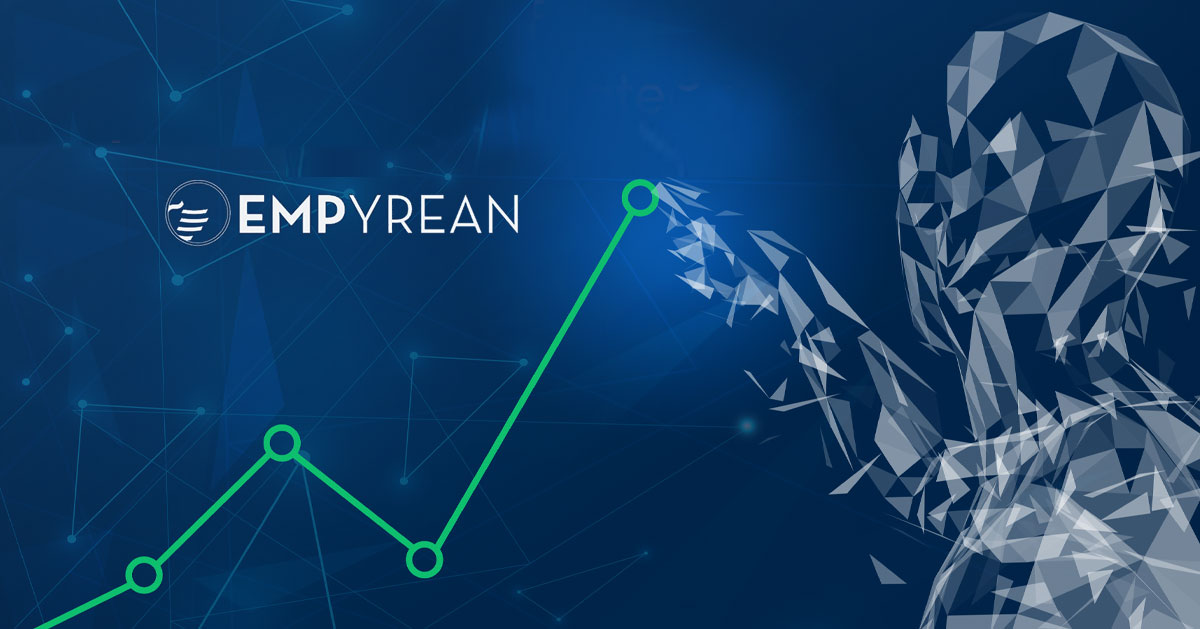3 Essentials for Best-in-Class Benefits Administration
01 November, 2019Few employers can afford the financial and compliance risks of a subpar benefits administration technology provider, but many may not realize when their vendor causes them to compromise. These three essentials will help you avoid unnecessary compromises and find the best partner for your business.
Bringing true value to your organization requires relevant experience, insightful thinking, and the right tools and technology to keep pace with evolving demands. Empyrean’s new At-A-Glance Guide takes a close look at the three essential aspects of a best-in-class benefits administration partner, to help you identify the solution that will elevate HR’s impact and make your employee benefits matter every day. Read on for a quick primer on these three essentials.
Essential #1 | Trusted Data Management
Data management processes are the foundation of your technology, and are critical in determining your benefits administration success. Without correct and accurate data, your benefits solution will become unreliable and prone to failure—regardless of how well-designed the front-end experience may seem.
Your technology platform should “just work,” properly handling your intricate data and continually checking for accuracy and logic conflicts to keep errors at bay. However, since data management takes place entirely on the back-end of your system, it can be tough to identify and initially understand good management processes from bad.
Deficient data management processes can cause eligibility rules and gatekeeping measures to fail, which can lead to long-term enrollment and coverage headaches that take an enormous effort to unravel and properly resolve. Plus, benefit errors can erode employees’ confidence, and damage your credibility with executives and other stakeholders that rely on accurate reporting.
Given how prominent benefits are to your organization’s success, your benefits administration outsourcing partner must be able to properly manage your data at all times. Each platform manages data differently, but these differences may not be immediately apparent. How a potential system will manage and maintain your data will be a (if not the) key component of your entire solution’s success.
A worthwhile technology partner will dedicate investments and resources to tackle your toughest benefit challenges, solve your current needs, and flex to fit your future strategies.
Essential #2 | Solution Scalability
To remain viable over time, your benefits administration technology must scale with your business as it shifts and evolves. Your business is not static, and your solution must keep up with both small and large changes to your company’s size, population complexity, organizational structure, and industry changes.
Technology solutions must be purpose-built for scalability, or programming limitations can cause your platform to crash or cause errors. Developing a scalable solution relies on a complete understanding of benefits complexity, the rapid pace of potential changes, and the back-end workings of the system itself.
For example, large legacy providers often offer a wide variety of technology services in addition to benefits administration — such as payroll or human resources information systems (HRIS). At first glance, it can seem like a smart move to place multiple HR needs under one vendor, especially if “bundling” these services offers an initially lower price point.
However, many large providers’ product portfolios often grow due to acquisitions, instead of in-house development. The result is a variety of solutions and data storage processes stitched across highly compartmentalized systems that happen to be listed under the same company name.
From a programming perspective, these systems are highly inflexible, unstable, and often comprised of less-than-optimally secure technology. Even small changes (such as data configurations, tax rules amendments, or state and federal compliance updates) can demand time-consuming and expensive manual labor to resolve, or significantly impact the operational capacity of these systems, causing the entire solution to fail.
Scalability (or the lack thereof) is ingrained in your solution’s architecture—and without the right attention to this trait, your team could suffer down the line.
Essential #3 | Insight-Driven User Experience
Your solution’s user interface should be intuitively designed – however, it’s important to keep in mind that a high-gloss interface design does not necessarily denote the most reliable back-end processes or supportive capabilities.
For example, no matter how inviting a retail store may be, your overall experience will be soured if the product you purchase does not work when you get home. Similarly, no matter how well-designed your platform’s user interface may seem, it will prove worthless if its data is inaccurate, your solution proves unstable, and your employee is not covered adequately (or at all) by their benefits selection.
When evaluating a potential partner’s user experience, look for the following:
- An easily tailored portal experience that can be designed around each of your unique employee populations.
- The ability to add targeted communications, educational content, provider links, and coverage documents within the employee experience.
- Fully integrated decision-support that guides employees during their open enrollment period as well as throughout the plan year, with no need to switch between multiple sites or portals.
- Convenient access from nearly any internet-connected device, including a mobile application experience that offers push notifications and alerts.
Your technology solution should be intuitive for both employees and administrators to use, and smartly designed to allow employees across all generations to take greater control of their benefit choices.
A best-in-class benefits platform will bring solutions that go beyond benefits enrollment and administration, leveraging artificial intelligence (AI) and machine learning to analyze your benefits data and deliver employee-specific recommendations.
A best-in-class benefits administration partner will give your team the efficiency they need to gain back valuable time throughout their day, as well as heighten employees’ benefit experiences to improve outcomes. Download Empyrean’s newest At-A-Glance Guide to learn more on how to identify and evaluate these three essentials within your current vendor or potential partner.
With the right solution, you’ll have more opportunities to focus on what really matters to you, your employees, and the bottom line of your business.
As you read, we’d love to hear your thoughts. Feel free to contact us with questions or comments at info@goempyrean.com.














